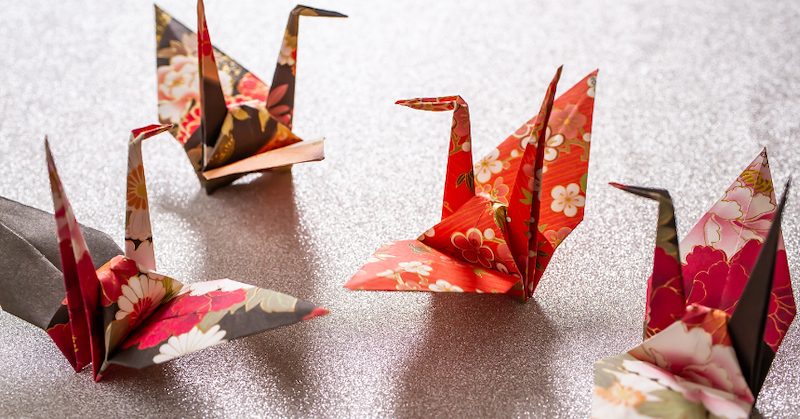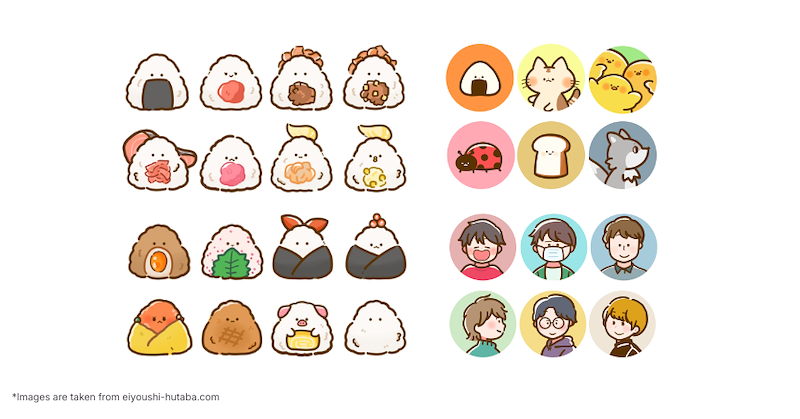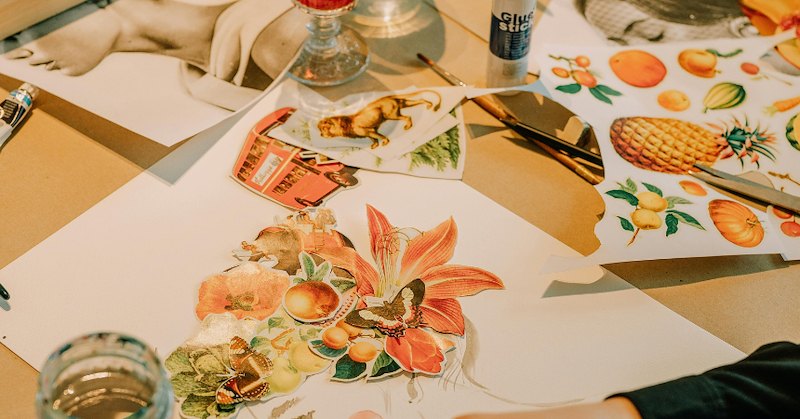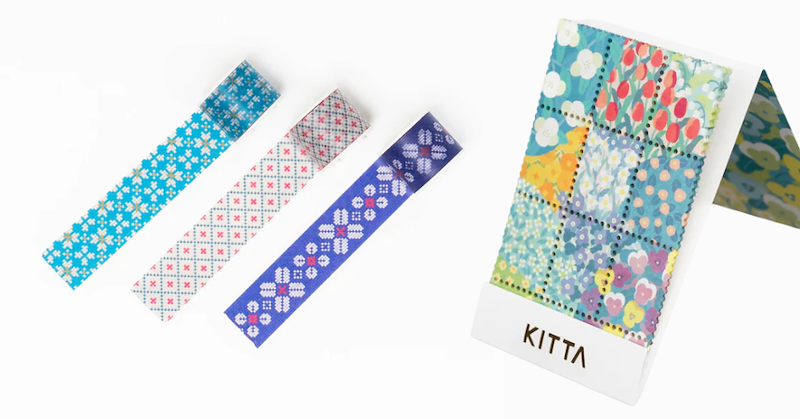
What is the difference between Washi Tape and Masking Tape?
Masking Tape and Washi Tape are too terms often used interchangeable, but are they really the same? Fundamentally, no, Washi Tape and Masking Tape are not the same. However, they have a lot of similarities and a common purpose.
In this article, we'll explore how both types of tapes resemble each other, and where they differ!
A Short History of Washi Tape
In 2006, the entire washi tape craze first emerged. A group of artists went to the Kamoi Kakoshi industrial masking tape company in Japan and gave them a book filled with artwork they had made using the company's products. The artists asked Kamoi Kakoshi to produce vibrant masking tapes just for them.
This marked the beginning of masking tape. 20 colors were initially available, each one chosen to highlight a different feature of the rice paper (or washi) used to create the tape. The tapes were much-liked by crafters, artists, and design enthusiasts in Japan as well as progressively outside. New hues, designs, and sizes arose as a result of success.
What Is Washi Tape?
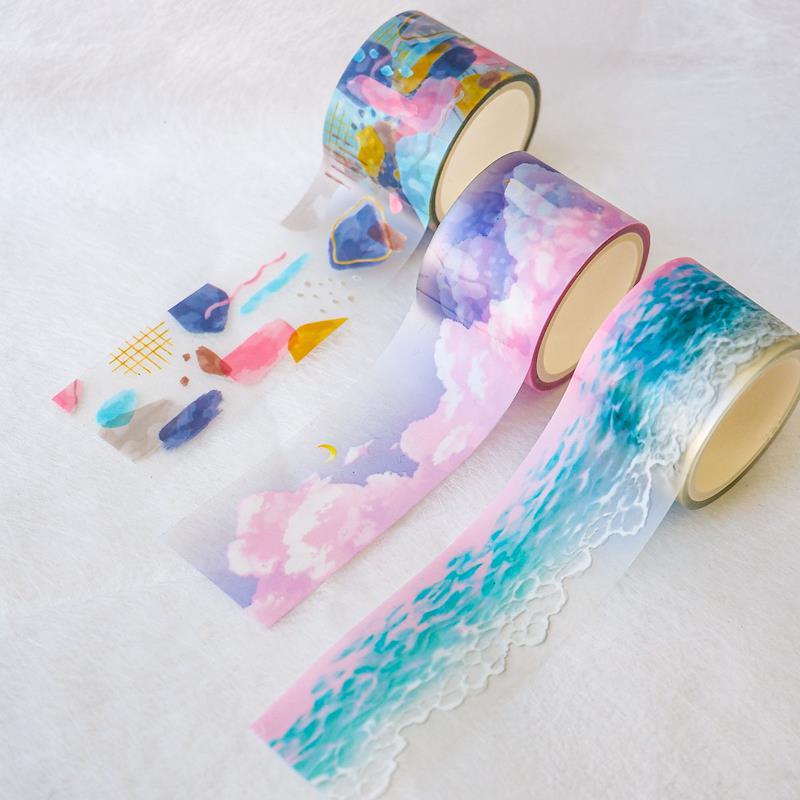
Washi tape is a high-quality masking tape made of rice paper, to put it simply.
But more than that, washi tape is a material that is both attractive and practical. It may be torn, stuck on, moved around, and written on. It is remarkably simple to apply thanks to the low tack adhesive (and reuse). Its ease of use and beautiful appearance may be the reason it is so well-liked.
For more details, check out our complete article about washi tape.
Are Washi Tape and Masking Tape the same?
Conceptually, they are the same. Originally sold as Japanese masking tape, the tape eventually adopted the name "washi tape" as its recognised international designation. The most well-known brand of washi tape is simply named mt, which stands for "masking tape." It is also known as masking tape in Japan (マスキングテープ). At contrast to the normal masking tape you can get in a hardware shop, washi tape alludes to the fact that the tapes are made from Japanese rice paper.
What is the Difference Between Masking Tape and Washi Tape?
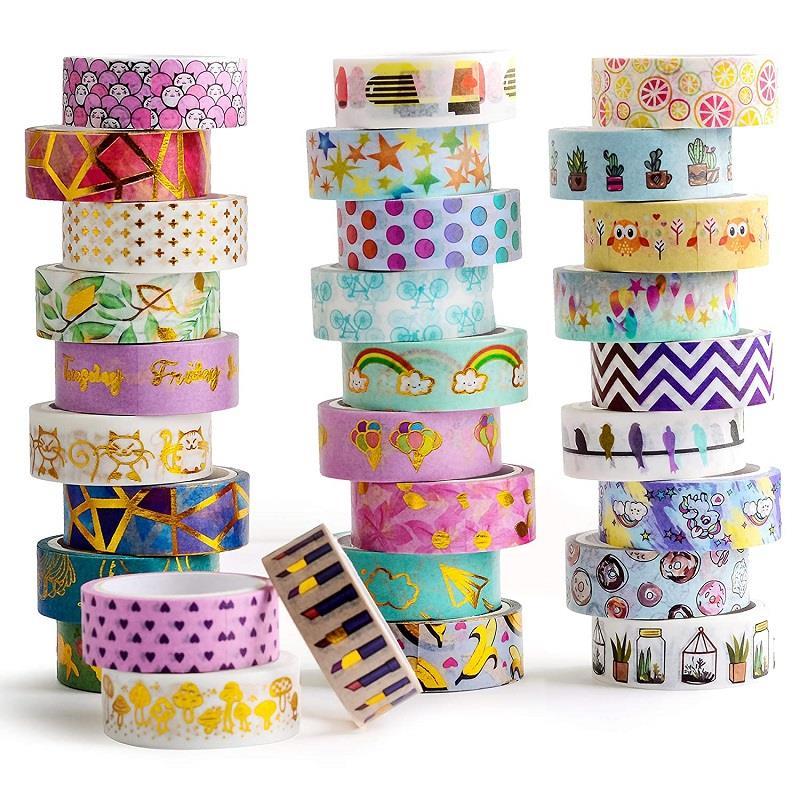
Washi tape stems from masking tape, yet there are myriad key differences between the two types, including:
Material
If you hadn't already guessed, washi tape is created from traditional Japanese washi paper. The word washi is a combination of the words wa, which means Japanese, and shi, which means paper.
This paper is hand-processed and traditionally created with local fiber. The inner bark of the gampi tree, the paper mulberry (kzo) bush, the mitsumata shrub (Edgeworthia chrysantha), and other trees and shrubs provide the fibers used in the creation of washi paper.
Several traditional arts, like as origami, shodo, and ukiyo-e, prefer to use washi tape because it is also said to be tougher than paper derived from wood pulp.
Masking tape, also known as painter's tape, is made of a thin paper that is simple to tear by hand. However, a few premium masking tapes are available that are constructed of polymer film rather than paper, although these tapes are a little more expensive.
Adhesive
Washi tape has a low tack adhesive, which is a pressure-sensitive adhesive that allows for easy removal without harming the surface and may be used to reposition or reuse the tape anywhere.
The adhesives used in masking tapes can either be acrylic or rubber.
Acrylic has excellent UV resistance, durability, solvent resistance, and temperature tolerance. It can be water-based or solvent-based.
Rubber adhesives are typically medium to high tack and can be produced from synthetic or natural rubber.
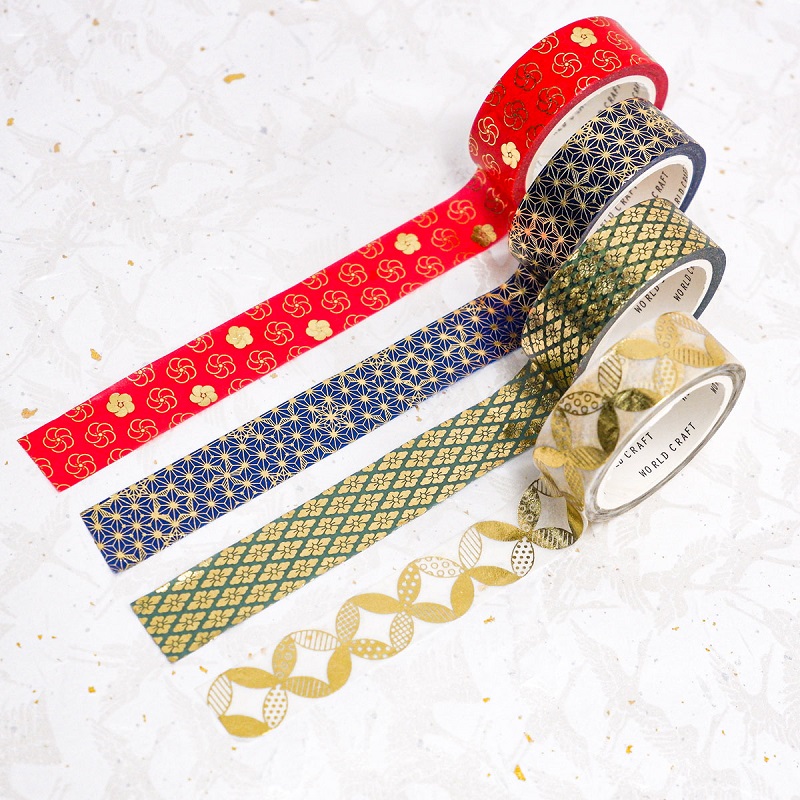
Use on paper
Washi tape has a significantly weaker adhesion than masking tape, which could cause the paper to break when it is removed.
The low tack adhesive in washi tape makes it easy to remove from most papers, but not tissue materials.
Residue
Washi tape is a wonderful option for rental properties and other similar locations because it is simple to remove, leaves no residue, and does not damage the surface.
Masking tapes, especially if they are left on for a long time, can leave a sticky residue and chip off paint and other finishes.
Longevity
When used on a wall, washi tape can endure for a year or longer.
The majority of masking tapes have a one-year shelf life and are made to stick to surfaces for up to 60 days, depending on the surface.
Surface compatibility
Masking tape is a popular option for many do-it-yourself projects since it adheres effectively to both level and asymmetrical surfaces.
On the down side, using masking tape on some surfaces, like glass, may cause the paper portion of the tape to eventually peel off.
Biodegradable
While the adhesive portion of masking tape is typically not fully biodegradable, the paper portion is 100% biodegradable.
Washi tape is entirely biodegradable because it is constructed entirely of substances that are very renewable, even the adhesive.
We have a more detailed article about the topic of recyclable washi tape here!
Can I use masking tape instead of washi tape?
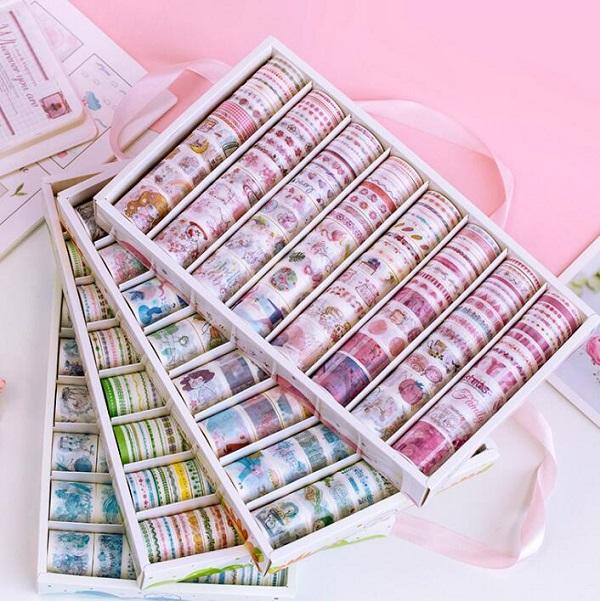
While both masking tape and washi tape have the same strong adhesive and are easily torn, the latter may not have the same aesthetic appeal.
Masking tape is used in a variety of tasks, such as painting and woodworking, to hold objects together or shield an object's surface from recently painted surfaces. Additionally, just a few colors, like red, yellow, and fuchsia, are available in masking tape.
In contrast, washi tape is a more colorful option when adhering items and can be thought of as artistic tape, making it a fantastic choice for scrapbooking. Even though both types of tape are very strong, you can't really tape down your gift-wrapping paper with masking tape. Washi tape, which is also known as deco tape, is inexpensive, easy to apply, and can be reused multiple times without leaving a mark on the surface.
What Distinguishes Deco Tape From Washi Tape?
A plastic tape is deco tape. The tape is stickier than washi tape and has a texture somewhat akin to thin packing tape. It's fantastic for sealing envelopes and wrapping presents, but can be a little hard to use for paper crafting.
Washi tape vs Painters Tape
Painters tape and washi tape have a much more pronounced distinction. It's common to mix up painters tape with masking tape, although painters tape is made specifically for painting projects.
Painter's tape is designed for use with paint on wood and wall surfaces, but it isn't always the best choice for masking on paper.
While the glue can be easily removed from walls, paper can sometimes be difficult to remove. Washi will (again) be a visual enhancement if you've been routinely masking your paper with painters tape.
Instead, try washi and see how simple it is to remove it after you've finished your artwork if you've ever had problems with painters tape ripping your paper.
Now that you know the difference between both, why not get yourself your own Japanese Washi Tape supplies delivered to your home? Our ZenPop Stationery store offers you just that!
